Copyright 2014 by Todd Mikkelsen Photographs copyright 2014 by Todd Mikkelsen All Rights Reserved. No part of this book may be reproduced in any manner without the express written consent of the publisher, except in the case of brief excerpts in critical reviews or articles. All inquiries should be addressed to Skyhorse Publishing, 307 West 36th Street, 11th Floor, New York, NY 10018. Skyhorse Publishing books may be purchased in bulk at special discounts for sales promotion, corporate gifts, fund-raising, or educational purposes. Special editions can also be created to specifications. For details, contact the Special Sales Department, Skyhorse Publishing, 307 West 36th Street, 11th Floor, New York, NY 10018 or .
Skyhorse and Skyhorse Publishing are registered trademarks of Skyhorse Publishing, Inc., a Delaware corporation. www.skyhorsepublishing.com 10 9 8 7 6 5 4 3 2 1 Library of Congress Cataloging-in-Publication Data is available on file. ISBN: 978-1-62914-819-9 Ebook ISBN: 978-1-62914-820-5 Cover design by Owen Corrigan Cover photo by Todd Mikkelsen Printed in China CONTENTS INTRODUCTION W hat is paracord? Well, the word paracord is a combination of two words: parachute cord. Paracord is lightweight nylon rope that is made with an inner core of strands that can be used for sewing and stitching (boil to disinfect) and is strong, lightweight, and mold/mildew resistant. The inner core adds to the overall strength of the cord. During World War II, United States parachutes had paracord for their suspension lines.
Once the paratroopers were on the ground, they found the paracord useful in many situations. They could be used to replace broken boot straps, as clothes line for drying socks or clothes, or to secure items to a pack. What makes paracord so popular? Today, it comes in a variety of colors and specifications. The most popular paracord is called 550 paracord . What does 550 mean? This means, in theory, that a force of 550 pounds would be needed to break one strand of cord. This is what makes paracord so appealing to many people.
Paracord bracelets, lanyards, and necklaces have been worn by mountain bikers, hikers, rock climbers, outdoor enthusiasts, preppers, and survivalists for their versatility in emergency situations. Paracord crafts can contain between 6 and 20 feet of paracord depending on the design. The paracord craft can be deployed when the need arises if equipment is broken or if the adventurer suffers an injury or needs to secure supplies. Paracord crafts can show support for favorite sports teams, military, law enforcement, firefighters, EMS, causes, and school spirit. Wearing a teams colors will show everyone whom you cheer for. School organizations and sports teams have made paracord bracelets, necklaces, ID lanyards, and key fobs as affordable fund-raisers with no loss of funds to expensive, third-party fund-raiser companies.
What can I use paracord for? I have personally used paracord from a bracelet I made to secure twenty 2x4s in my small SUV. I had forgotten bungee cord and was wearing a paracord bracelet at the time. It worked without any issues. I have also used it to replace shoestring in two pairs of winter boots: a shoestring broke in the middle of snow plowing my driveway, so I used the paracord. I have had the same paracord in my boots for nearly four years with no sign of wear. Just make sure to double knot paracord when using them as shoelaces.
In addition, I have a young cat that likes to bite through live electrical wire. (Yikes!) So, I wrapped several lamp cords with nearly 40 feet of paracord, each with a Solomon twist braid. Luckily, this seemed to do the trickmy cat hasnt been electrocuted recently. It is also the rope of choice when hanging bird feeders due to its mildew and rot resistance. A Bit About this Book I decided to write a book about paracord because most of the information on how to start a side-release buckle paracord braceletand other projectsis simply scattered across the Internet. This book provides anyone interested in utilizing paracord with all the information needed in one place.
Instead of finding a project here and a project there, collecting printouts, and bookmarking helpful videos, you can find everything you need right here. I taught science and math for more than fourteen years. When teaching, I tried to make sure my students were shown each step and the reason for each step so they would understand and remember it. I have done the same thing when writing this book, so I hope you find it helpful and fun. Todd Mikkelsen TOOLS AND SUPPLIES I f paracord, or parachute cord, is a hobby or business and you wish to make paracord crafts, then you may need several of the suggested tools to assist you.  Keep in mind that these are the tools that I prefer to use.
Keep in mind that these are the tools that I prefer to use.  Keep in mind that these are the tools that I prefer to use.
Keep in mind that these are the tools that I prefer to use.
Other paracordists may have differing opinions. The reader may want to purchase the following items: 1. Paracord The standard for most paracord bracelets and accessories is 550 paracord. What is paracord? There are several types, but this book will focus on 550 paracord. Why 550? It can hold up to 550 pounds. Parachute cord is a nylon kernmantle (having a core) rope that will not rot or mildew.
It was first used in suspension lines of US parachutes in World War II. US paratroopers multi-tasked the cord and found it useful for many situations: as clothes line for drying socks, replacing broken bootstraps, securing items to a pack, tourniquets, etc. Also, the inner core may be removed and used for sewing, fishing line, etc. Now, its a multipurpose cord.  2. Paracord Jig or Clipboard A paracord jig or clipboard is recommended to help stabilize the paracord so it is easier to work with and to help minimize frustration.
2. Paracord Jig or Clipboard A paracord jig or clipboard is recommended to help stabilize the paracord so it is easier to work with and to help minimize frustration.
Paracord jigs can be found in some craft stores and online.  3. Lacing Needles, Forceps, and Crochet Needles Lacing needles, forceps, and crochet needles can be used to thread paracord through several loops of paracord.
3. Lacing Needles, Forceps, and Crochet Needles Lacing needles, forceps, and crochet needles can be used to thread paracord through several loops of paracord.  4. Sewing Needles and Thread Sewing needles may be needed for splicing two cords. If thread is used, then the thread color should match the paracord to help hide the stitched cord.
4. Sewing Needles and Thread Sewing needles may be needed for splicing two cords. If thread is used, then the thread color should match the paracord to help hide the stitched cord.
The transparent property of fishing line is useful to keep stitches hidden.  5. Lighter A lighter is used to singe or melt the ends of paracord.
5. Lighter A lighter is used to singe or melt the ends of paracord.  6. Needle-Nose Pliers Pliers can be used to help take apart a project due to an error or redo.
6. Needle-Nose Pliers Pliers can be used to help take apart a project due to an error or redo. 

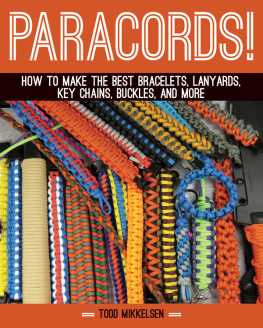
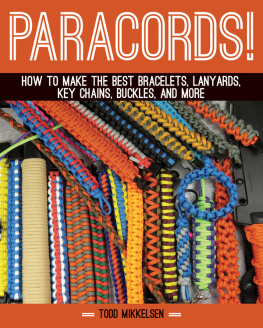
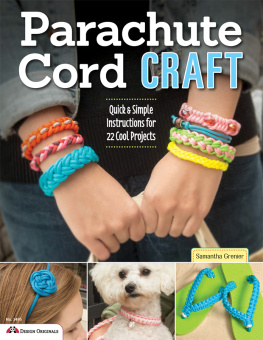
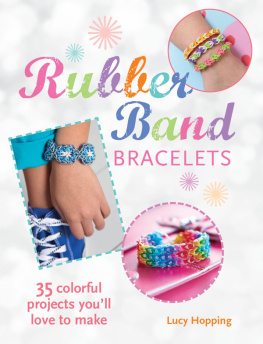
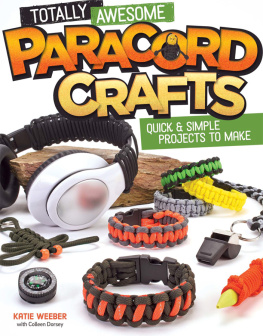

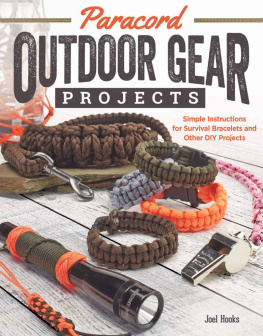
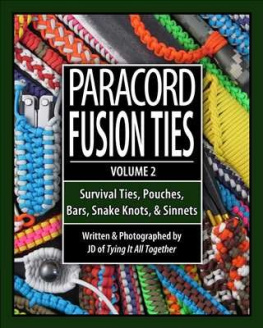
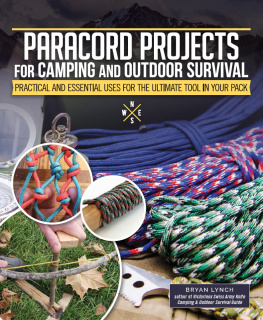

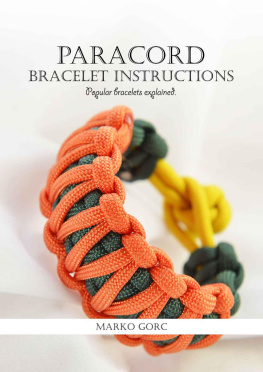
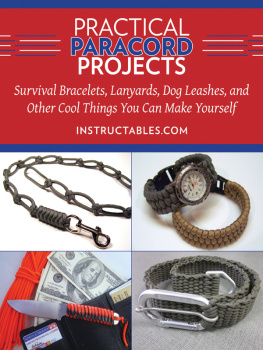


 Keep in mind that these are the tools that I prefer to use.
Keep in mind that these are the tools that I prefer to use.  2. Paracord Jig or Clipboard A paracord jig or clipboard is recommended to help stabilize the paracord so it is easier to work with and to help minimize frustration.
2. Paracord Jig or Clipboard A paracord jig or clipboard is recommended to help stabilize the paracord so it is easier to work with and to help minimize frustration. 3. Lacing Needles, Forceps, and Crochet Needles Lacing needles, forceps, and crochet needles can be used to thread paracord through several loops of paracord.
3. Lacing Needles, Forceps, and Crochet Needles Lacing needles, forceps, and crochet needles can be used to thread paracord through several loops of paracord.  4. Sewing Needles and Thread Sewing needles may be needed for splicing two cords. If thread is used, then the thread color should match the paracord to help hide the stitched cord.
4. Sewing Needles and Thread Sewing needles may be needed for splicing two cords. If thread is used, then the thread color should match the paracord to help hide the stitched cord. 5. Lighter A lighter is used to singe or melt the ends of paracord.
5. Lighter A lighter is used to singe or melt the ends of paracord.  6. Needle-Nose Pliers Pliers can be used to help take apart a project due to an error or redo.
6. Needle-Nose Pliers Pliers can be used to help take apart a project due to an error or redo. 